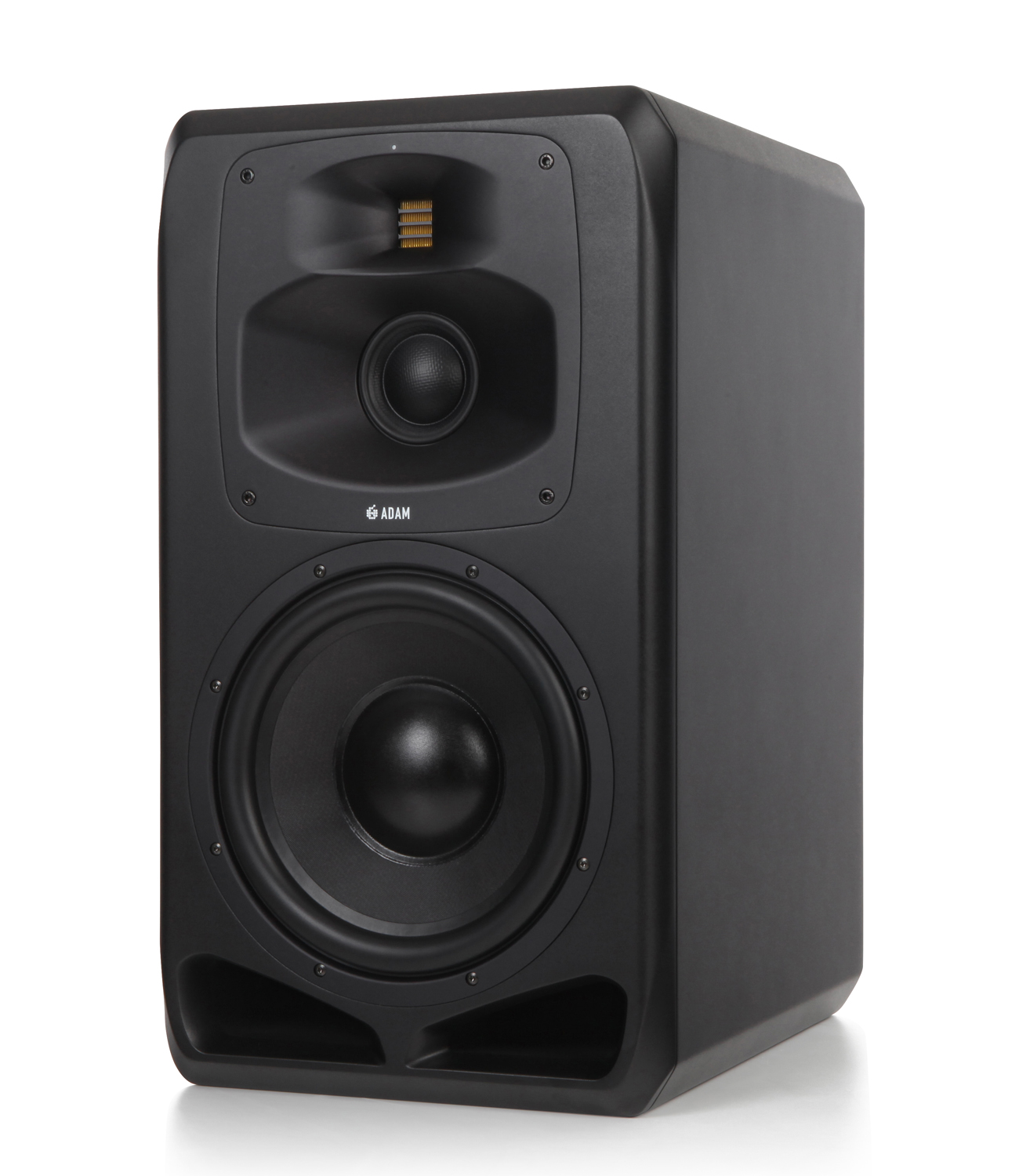

- Surround sound studio monitors full#
- Surround sound studio monitors pro#
- Surround sound studio monitors software#
- Surround sound studio monitors download#

Surround sound studio monitors pro#
(Please note that the Logic Pro X level RMS meter is offset by -3 dB and reads +/-23 dB.) Check your DAW’s output is accurate with a level meter-the -20 dBFS (RMS) band limited pink noise should peak at around -10 dBFS with the RMS hovering around -20 dBFS.Set all their faders to unity (0 dBFS) and remove any EQ or dynamic plugins from all signal paths.Open up your DAW and load the mono test files into separate tracks.Set your speakers to their nominal working level-typically marked 0 dB on the dial.If you’re calibrating with a monitor controller, set your audio interface output to 0 dB and turn your monitor controller all the way down.If you’re calibrating with your audio interface, turn the volume completely down.
Surround sound studio monitors download#
Go online here to download some test files.
Surround sound studio monitors full#
Surround sound studio monitors software#
This means inside your software the main output fader stays at zero, your audio interface is at 0 dB, and final levels are set on your speakers or their amp. While ideal, this is not always practical or possible. In digital systems it is recommended to keep everything at unity gain and turn up in the analog realm. Why the range from 79–85 dB SPL?Ī fundamental phenomenon of human hearing is that the human ear is extremely sensitive to the perceived loudness of differing frequencies, and the flattest response across all frequencies is in this range. Working in this lower SPL range will help reduce (but not eliminate) room interference, your ears will stay healthy, and your neighbours won’t be introducing themselves with sharpened pitchforks at 3 a.m. 69 dB SPL–79 dB SPL is more realistic for home studios and small rooms, and a reference level of no more than 74 dB SPL is recommended for rooms smaller than 42m 3 (1500 Cubic Feet). The Recording Academy's Producers & Engineers Wing, in their “Recommendations For Surround Sound Production”, recommend a reference listening level for surround sound production in the range of 79 to 85 dB C-weighted. This means the speakers are aligned so that a mono ‑20 dBFS (RMS) pink‑noise signal delivers 79–85 dB SPL from each individual speaker to the listening position.īut 79–85 dB is loud! It’s loud enough that the average bedroom producer working at this level for a few hours would eventually get a knock on the door from either an irate neighbour, the police, or both. Mixing at 79–85 dB in a small bedroom is ludicrous anyway, at this level you will be driving the room acoustics nuttier than your neighbours, and risk ear fatigue on top of that. You will begin to know intuitively when something is 'too loud' or 'too quiet' relative to your standard reference level, and this is enormously useful-arguably essential-when making decisions while balancing your mixes. However, if you set a fixed level, your ears become used to a 'standard' volume and it enables you to judge levels, loudness and dynamics by ear more accurately. Psychoacoustically “louder” often appears to be “better”, and that very fact is the problem. By arbitrarily raising and lowering your levels when checking your mixes, you could be tricking yourself into thinking they sound “better” (or “worse”) than they do. The one thing you do have control over, regardless of your listening environment, is the volume you play back your music, and it is more important than you might realize. The idea is that you set a fixed reference listening volume in your studio. We are stuck working on very basic setups, in average rooms, with little to no acoustic treatment. The advice that you should halve your speaker budget and split the costs on some kind of acoustic treatment is unrealistic on tight budgets, and a lack of knowledge on what to do with the acoustics often makes things worse anyway. Most of us aspire to creating and mixing our music in ideal conditions, but very few of us do.


 0 kommentar(er)
0 kommentar(er)
